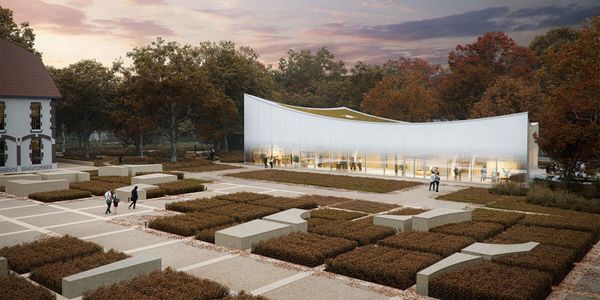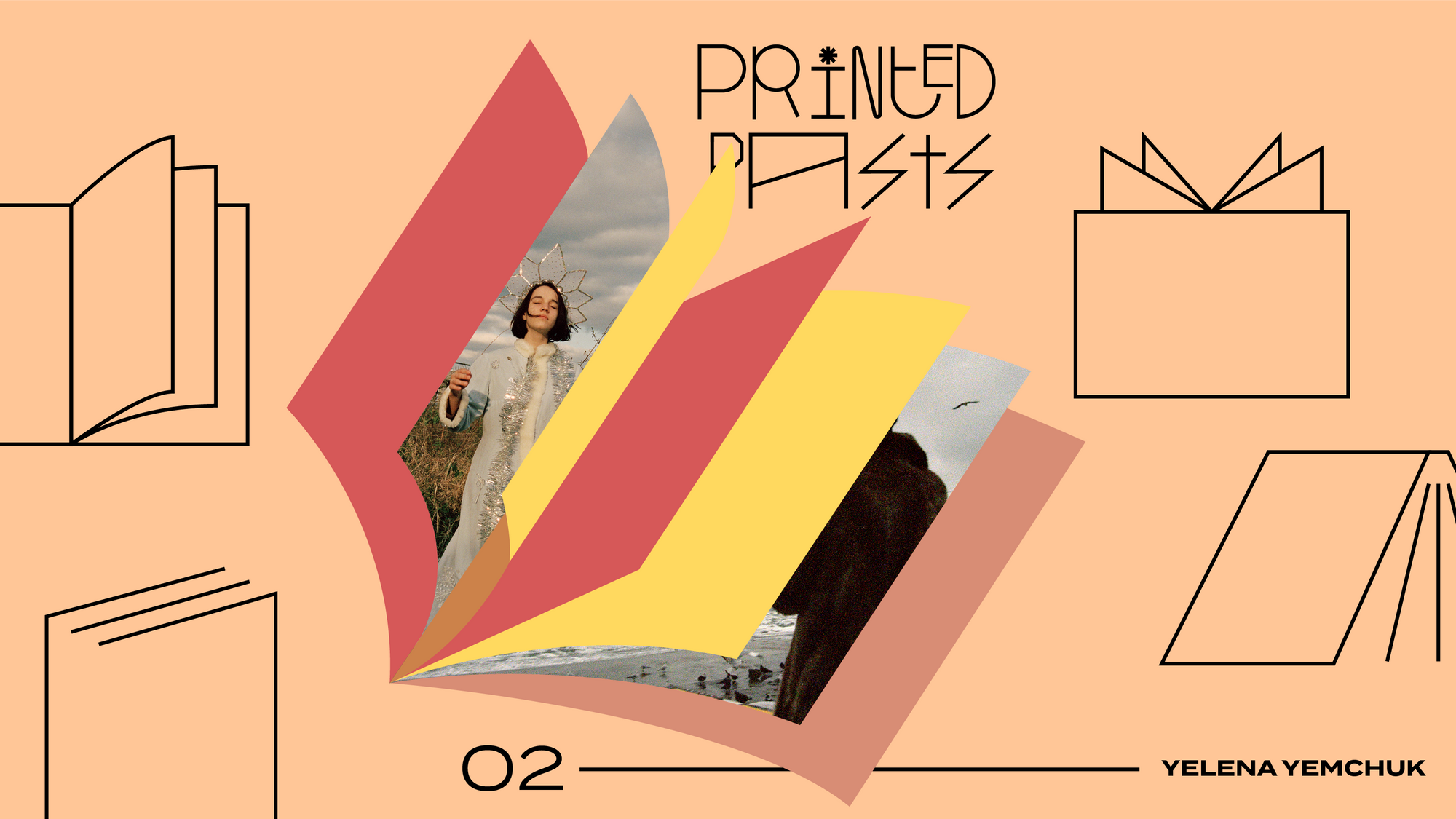Yelena Yemchuk grew up in Kyiv but emigrated to the USA with her family when she was still a child. After the collapse of the Soviet Union, she had the chance to return to Ukraine, and when she first visited Odesa, she was fascinated by its atmosphere. From 2015 she spent four years photographing the city and its people—the resulting book is the photographer’s visual ode to Odesa. We asked Yelena about her work and the making of the Odesa photobook.
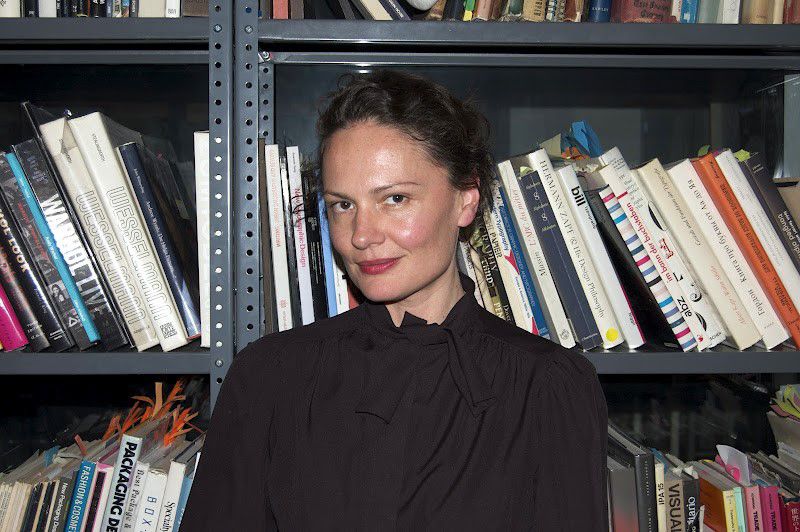
You left Ukraine when you were eleven years old. What are the most important memories from your childhood?
My family, my grandmother, my cousin, woods, nature, and the amazing feeling of childhood happiness.
Why did you start and keep going back to Ukraine?
I went back as soon as I could in January 1991. I went back because I wanted to go back every single day since we left in 1981 but it was impossible until the collapse of Soviet Union happened and one was able to travel.
Your first photobook was about Gidropark in Kyiv, a “Soviet version of Coney Island”. It immediately reminded me of Boris Mikhailov’s series Salt Lake. What’s your connection to the Ukrainian visual tradition, and why did you choose this topic?
I'm embarrassed to admit that I was not aware of Mikhailov’s work until I saw his exhibition at the New Museum in New York in 2011. I didn’t know much about Ukrainian photography. Maybe it’s a blessing that I was just taking pictures with no reference to what existed already. The Gidropark project started during one of my trips to see my grandmother in 2005. I was with two friends from New York, one of which is a photographer. We went to Gidropark for lunch to meet some friends. I used to go there all the time as a kid but for some reason, I totally forgot about it, I wasn’t even sure it still existed. So when we went there, I started walking around, took some pictures, and it was amazing. That night my photographer friend said to me, Yelena, this is your new project. He couldn’t believe how easily the people reacted to my presence and the pictures I was able to capture that day. Anyway, that’s how it began and I kept going back for three summers and photographed there. It was one of my favorite times ever. And back to Boris Mikhailov. I think he is a genius. When I was in Kyiv in the summer of 2019, there was a big retrospective of his work at the Pinchuk Center. I went to see it five times.
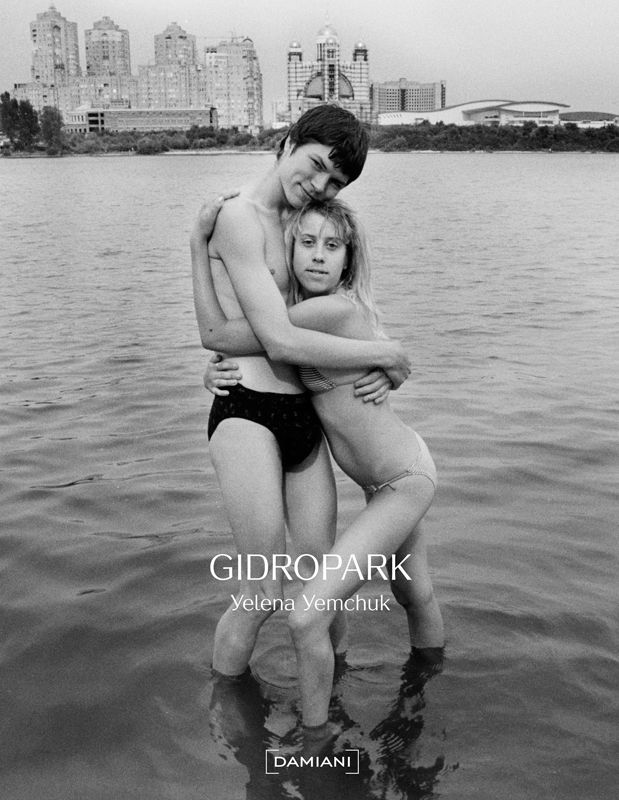
Your latest photobook is about Odesa, where you took photos between 2015 and 2019. What was so fascinating about the city?
Odesa is just fascinating. It’s a fact! I feel like if you ask anyone that has been there they all say the same thing. It’s an amazing place. So I fell in love with it and wanted to try to capture its magic.
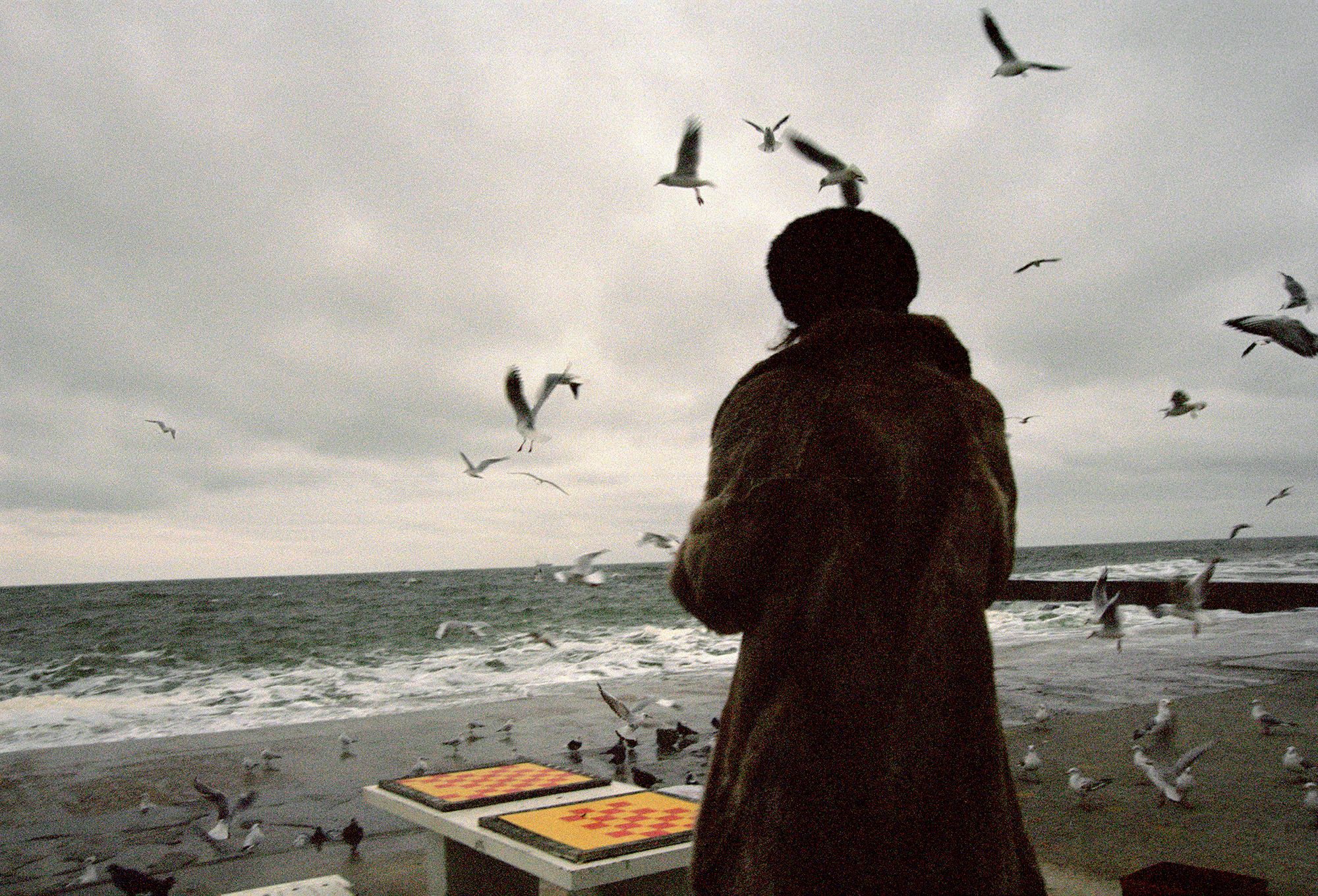
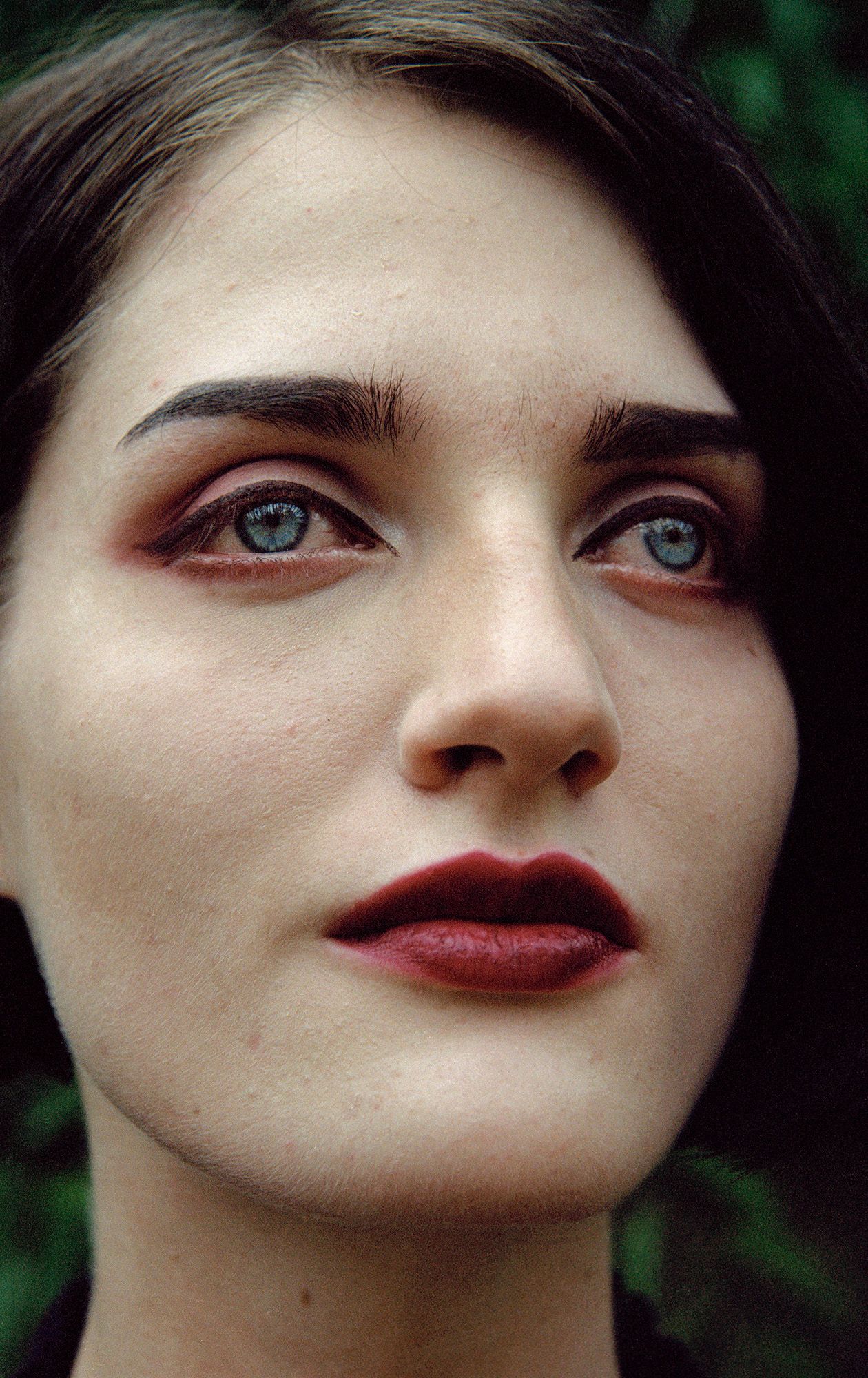
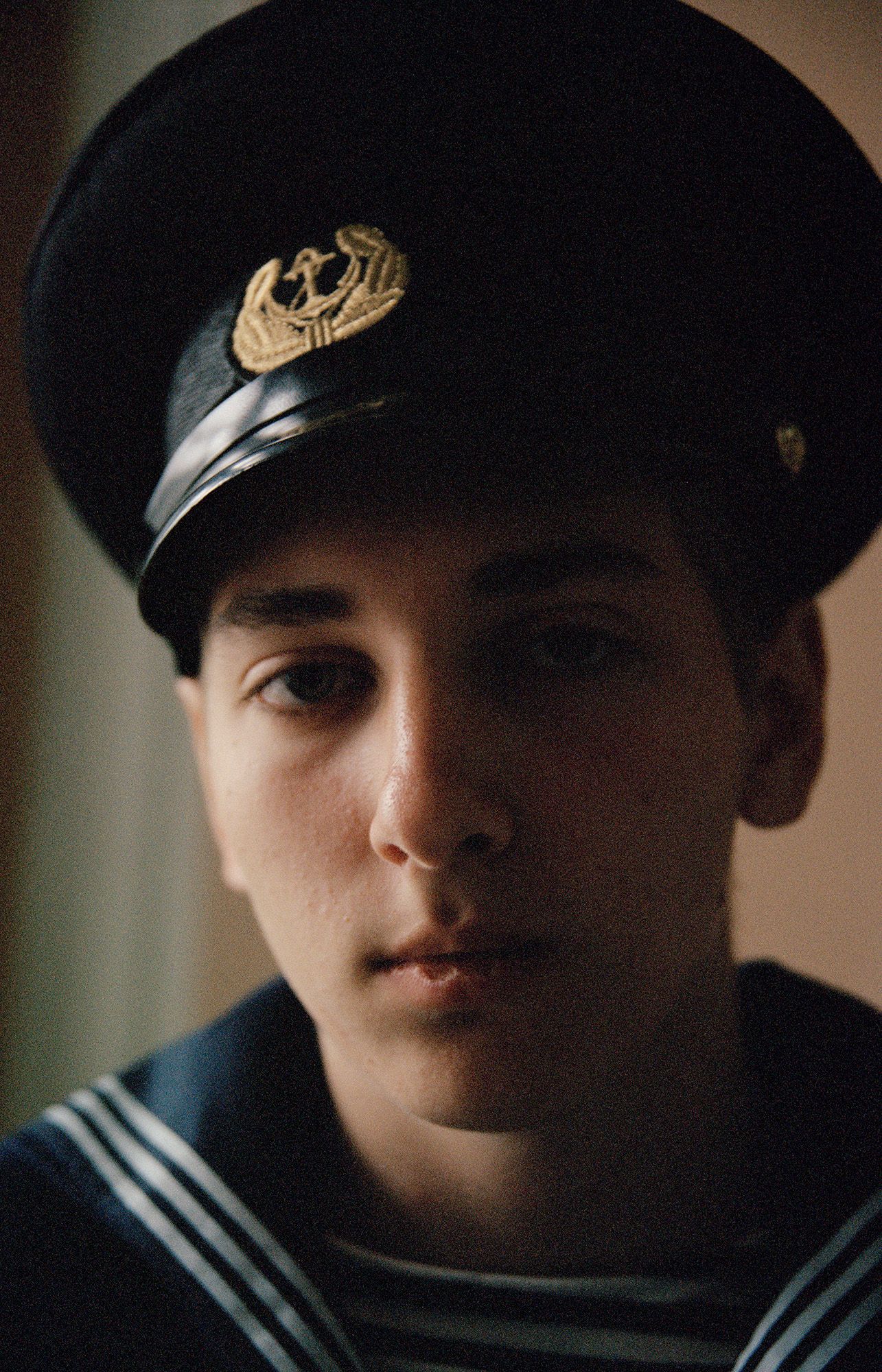
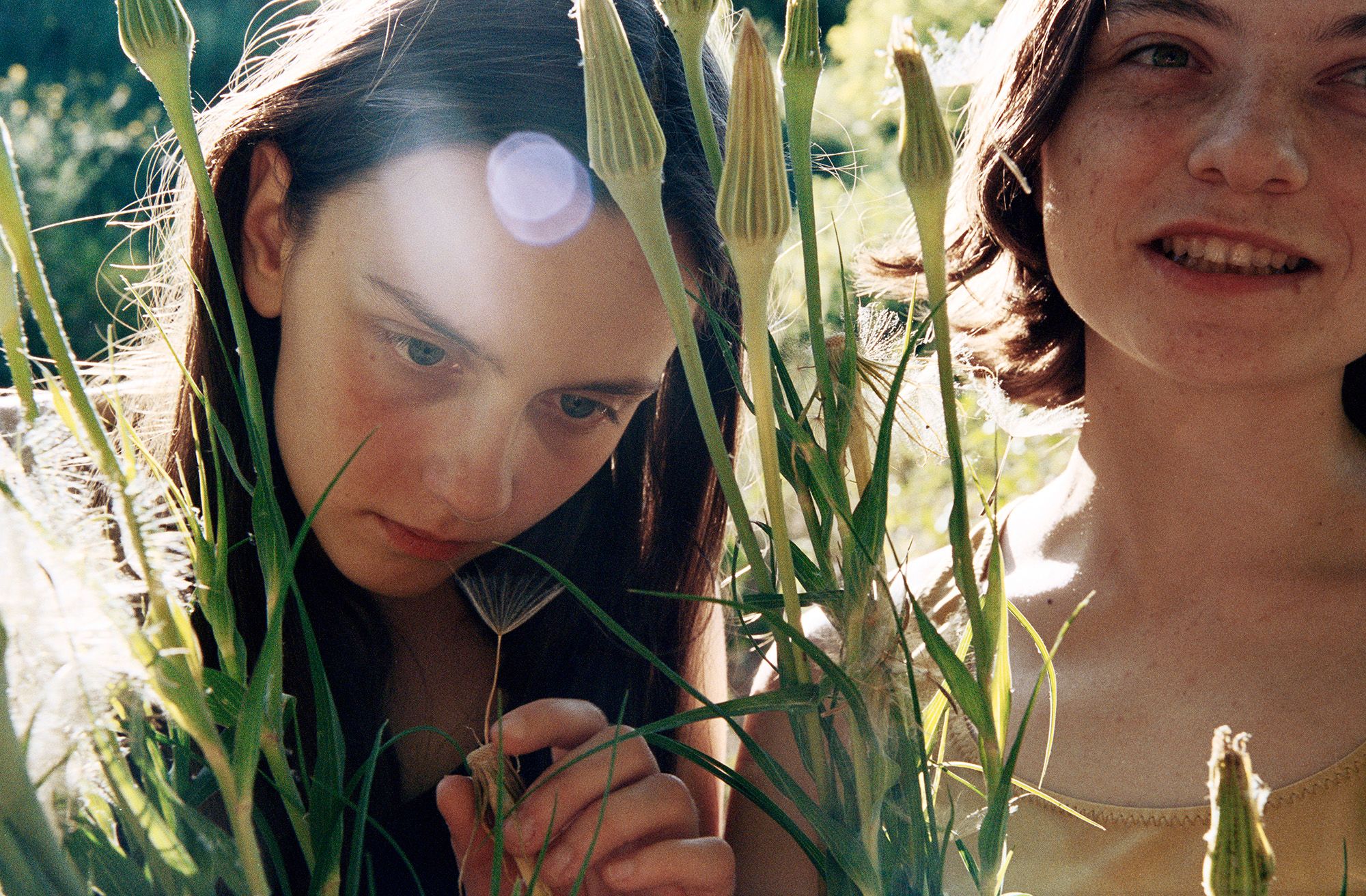
You captured the joys and controversies of Odesa mainly through young people. How did you choose and contact them?
It was many years of shooting from morning to night. Getting to know people, running after them on the streets, at the beach, asking to photograph them, meeting their friends, and asking them too. Also constantly looking and searching for events, and happenings in the city where you could see a lot of people, and in Odesa there is always so much going on, and always so strange and wonderful, and unexpected. It really is my favorite city.
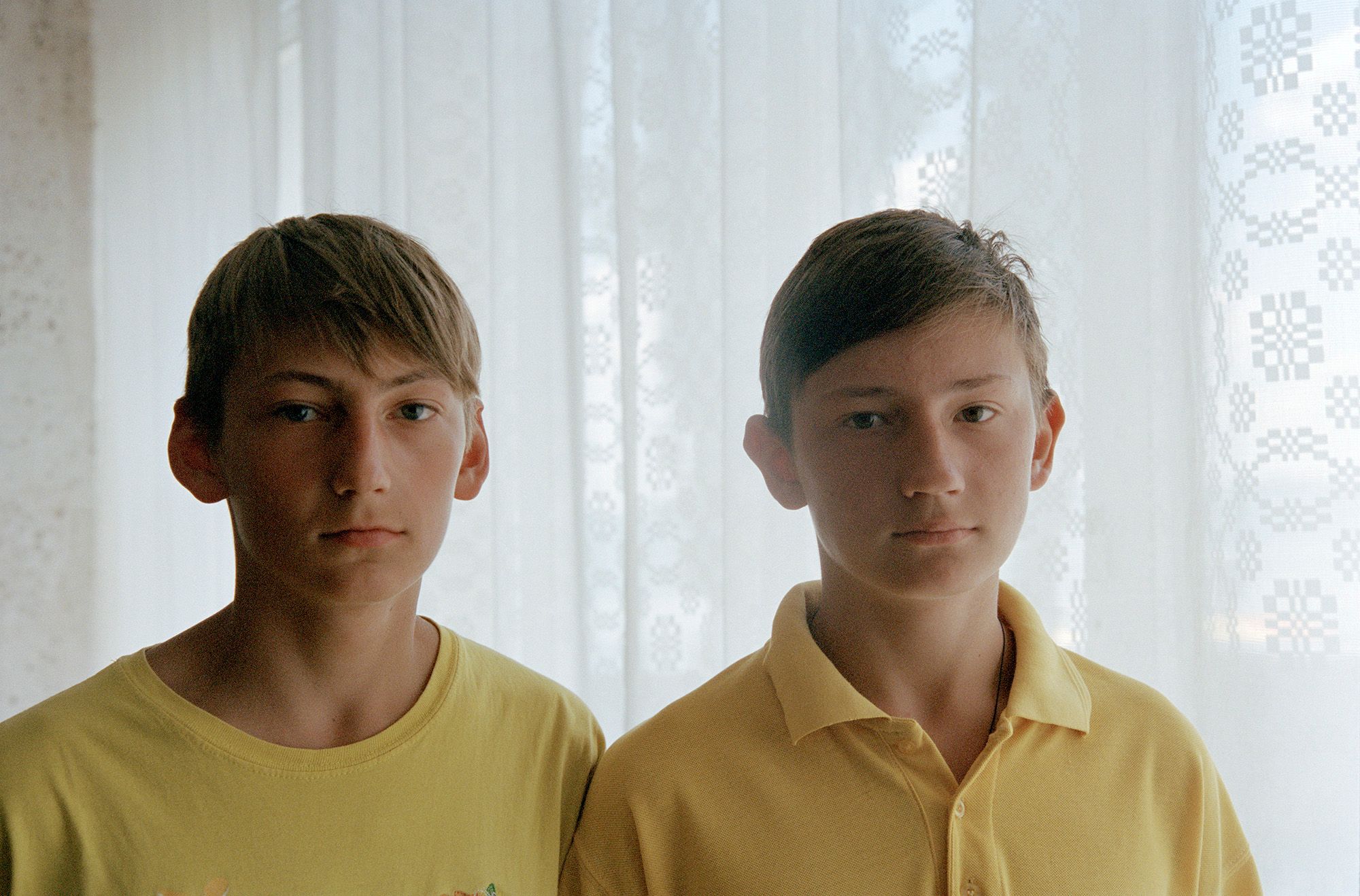
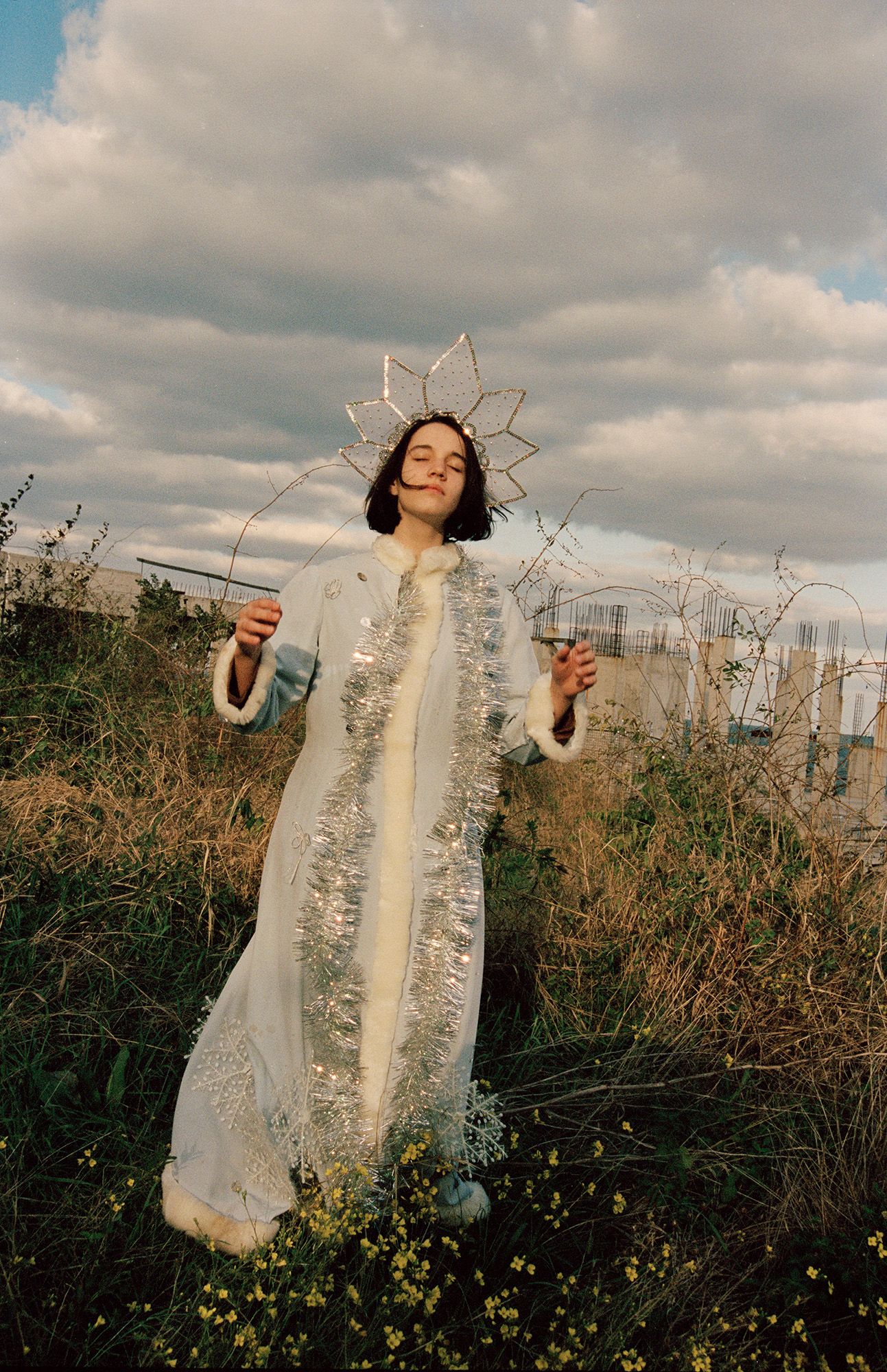

What was the process of making the photobook like? The photo editing, the work with the the graphic designer and the publisher?
When I originally presented the book to the publisher it was 340 pages. There were so many images. When I started working with Stuart at Gost, he had a very clear idea of what he wanted, which was focusing more on the young people and the moments that I was capturing, and less on the group scenes. There was a lot of back and forth of course, but in the end, I am very happy with our choices and he did such a great job on the flow of the book. The cover was really important and Stu sent me ten or so different options. When I saw the one that we ended up choosing I knew it was the one immediately.

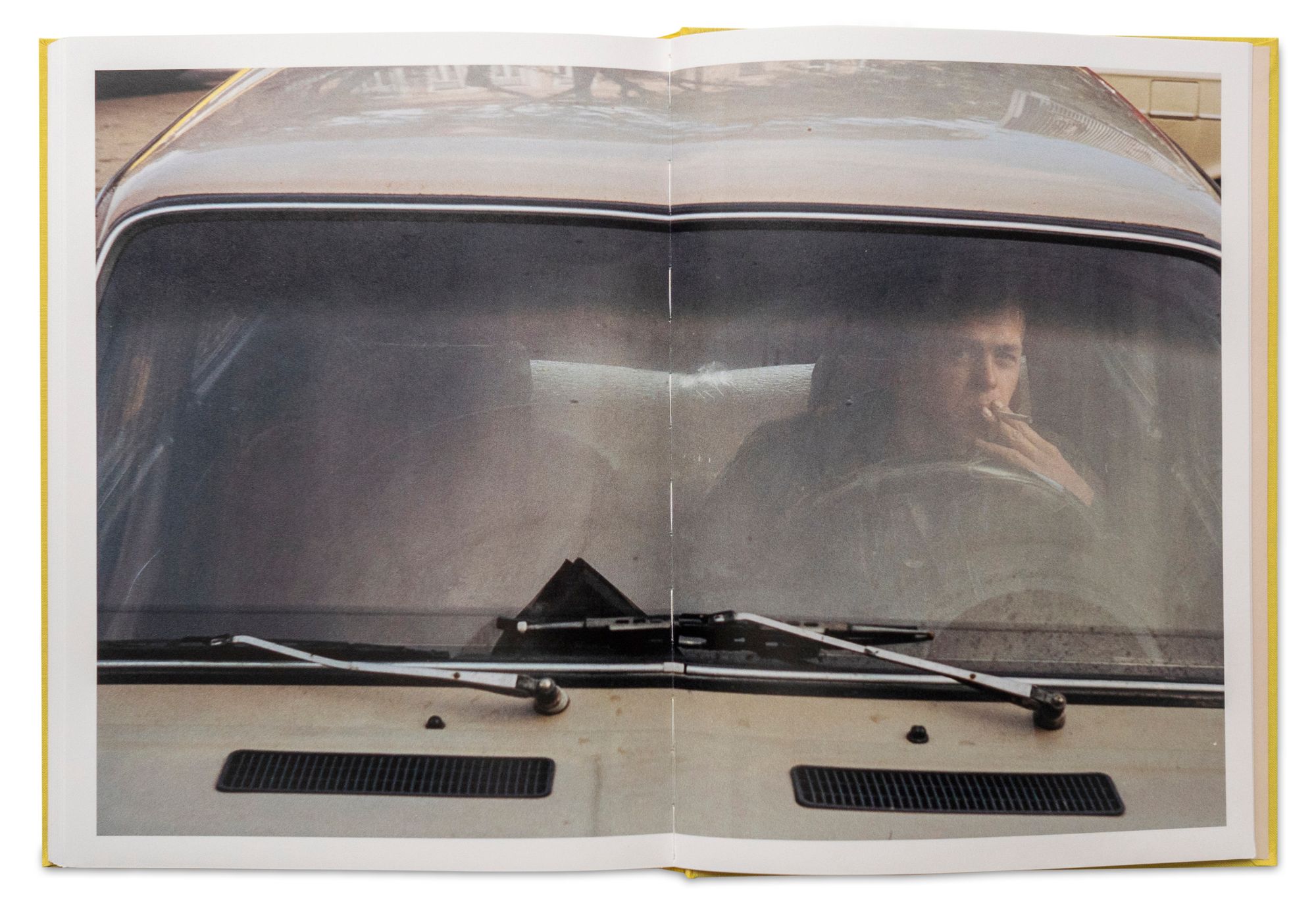
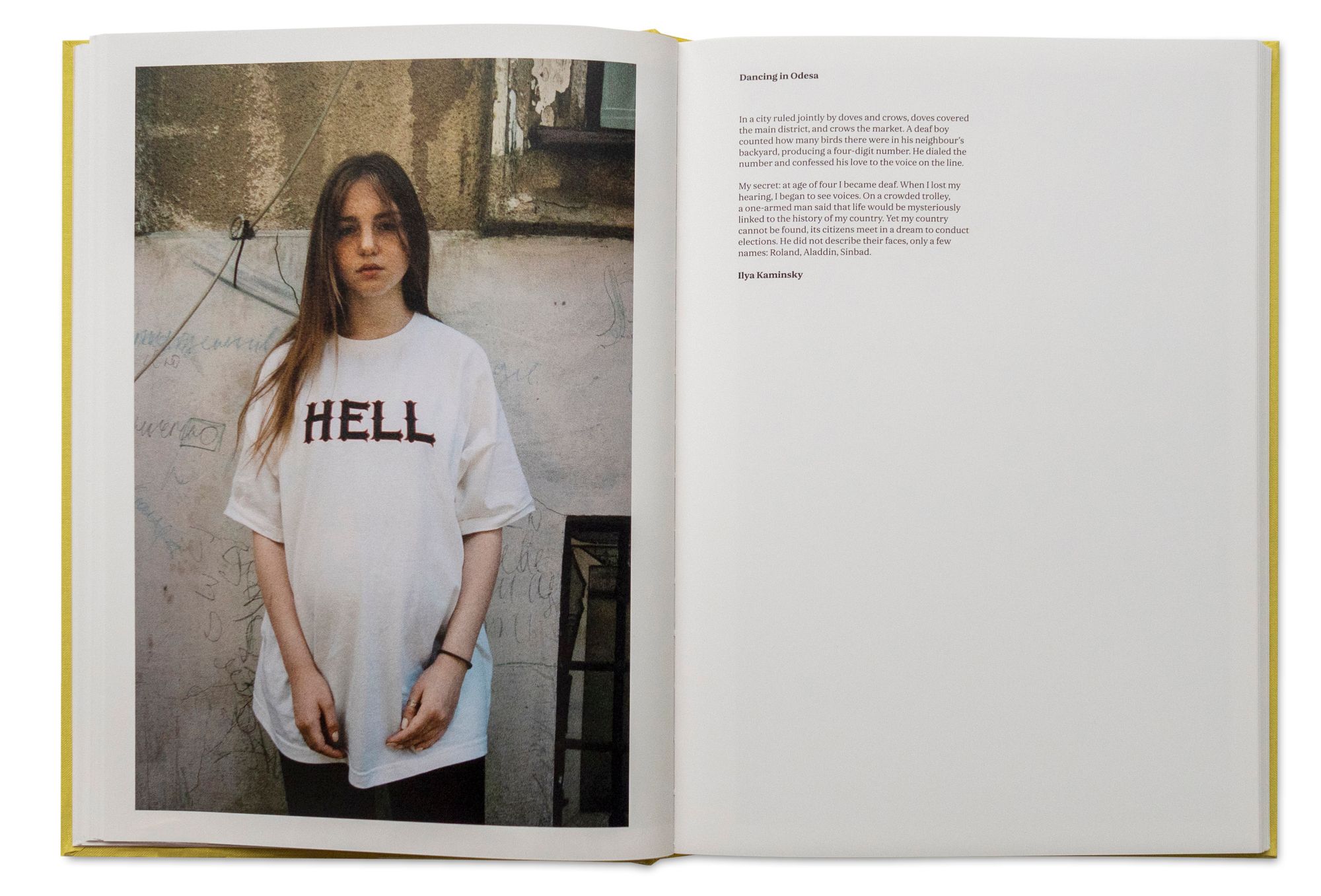
How do you look at the pictures now in the context of the ongoing war in Ukraine?
You can imagine, it’s not easy, a lot of my friends are in the book and most of them are displaced and are refugees. A lot stayed in Ukraine and are living in this nightmare. It’s very very hard. But I am so grateful that I was able to take these images to show the lives of these amazing people before the war.
What are you working on now and what are your plans for the future?
I am working on a book of images I took in Western Ukraine in 2019 and 2020 called Malank, getting published next Spring at Edition Patick Frey. I am also doing research for a new film and photo project, and always painting.
Yelena Yemchuk: Odesa. Gost, 2022
Yelena Yemchuk | Web
Gost | Web
In our Printed Pasts series, we focus on the past and the recent past of the Central Eastern European region through recently published books of different genres.
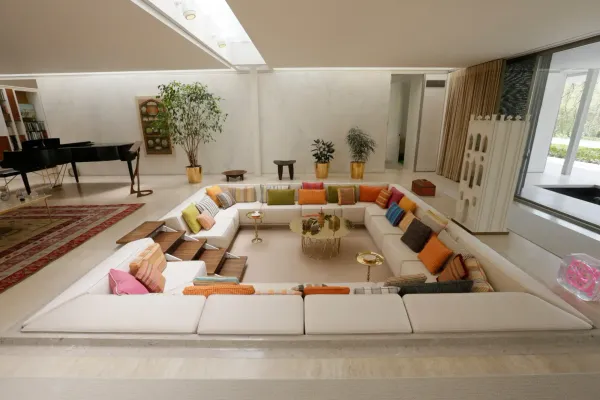
The romance of sunken living rooms | TOP 5
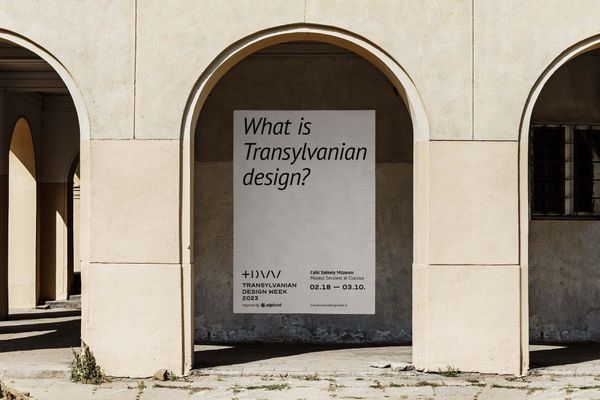
A fusion of thought fragments: how the identity of Transylvanian Design Week was born
